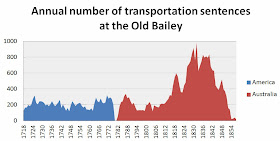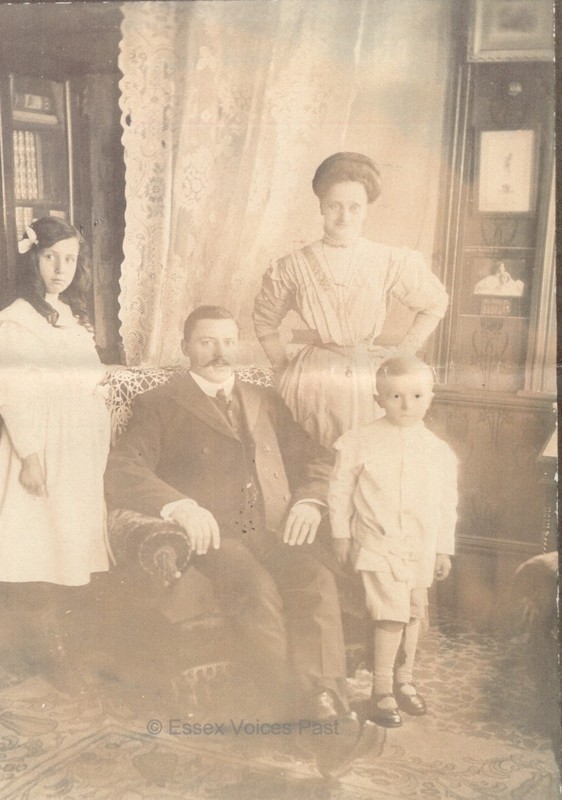I’ll come clean right off, I am addicted to my techy toys. I do have an ongoing love/hate relationship with them, no matter - - I. AM. ADDICTED.
Traveling the way we do, living the life of a nomad for months on end, my addiction to my techy toys continues, and (hopefully) enhances our life style. My techy tool chest contains, my lap top, my internet connection device (an air card), my digital camera(s), iPhone, iPad, scanners (flat bed and sheet scanner too), printer, I even have a projector for the computer.
Since the iPad came into my life, I use the lap top as some would use a desk top, meaning it rarely gets used out of the stick built home or the RV (Tana). The iPad is my go to town, in the truck, rolling again, toy of choice. I use it to stay in touch, email, social media, I can surf the web. I have a war chest of apps that are specific to our nomadic life, there are apps for everything (of course there are, as we all giggle). Campgrounds, national parks, weather, and navigation. I use my iPad every time we leave home or the campground. I depend on my navigation app. Really depend on it!
Ah, but, we are a genealogy/researching blog, so, how does this relate?
Easy, and it is called
FAMILIES. The app for iToys and Android. There are different versions, no, they do not cross platforms, if you change from the iToy to the Android system, you will need to repurchase for your new device. There it is, up in the right hand top corner - - Families, the app.
Families is an app developed to work with the computer data base
Legacy. Now, for transparency, there are quite a few genealogy/family history apps that will take your data from Legacy (or RootsMagic and/or other data bases you may use). I have tried some of them. The data base transferred and was useable in several of the apps I tried. However, for me, and this is HUGE for me, many of the other apps did not treat multimedia well. Many times I only had access to one image per person in my data base. Some people in my data base have a lot more than one image. I love to tell stories and a person’s life story by images. Yep, I am addicted to images too.
Families allows me to have the majority of my images and multimedia files available on my iPad. There are a few, very few, files that have not transferred, I believe these are due to the size of those files. I have a list to review, and I will, eventually (so much to do, so little time, how wonderful is that?)
Families will allow you to input on your iPad and then transfer back to Legacy on your computer. I don’t do that, I only do input on my computer. I made a rule for myself many years ago to do input only on one device or one computer, no matter how many devices held copies of my data base.. I’ll fess up, keeping them in sync is not my strong point. Yes, I know about Dropbox and other great cloud capabilities. I just personally feel safer with this rule in place and following it always. It is what works for me.
So, how do I use Families?
Families is great for spur of the moment research, like when I am miles from home and realize I am very near the cemetery where ggggguncle John is buried and I have no photo of his headstone, or I just want to pay a visit. I can use the data base to help refresh my memory on the specifics. I try to have maps of cemeteries attached to the data base. Oh, has this been a boon. I don’t know why, but, so many of the rural cemeteries, I seem to lose connectivity - wink wink. I don’t need an internet connection to show me where the cemetery is, IF I have a map attached as multimedia.
I use Families for spur of the moment library research. Say I find myself in a small town where ancestors lived and died and I desire their obituaries, Families has the information. I can walk into a library, pull up my family tree on the app and reference what data I do have on the family, checking and rechecking as I pull microfilm, find obituaries and make copies (sometimes I even make those copies WITH the iPad).
Yes I do research this way. Our nomadic life style has a way of providing some wonderful surprising opportunities for research. We broke down in Seaside Oregon last year. During our unplanned extended stay there I was able to visit the local cemetery, photograph a number of headstones and go to the local library and find 6 obituaries. Research on the fly, err, roll.
Below an obituary, Walter Stuart, I found and captured with the iPad while we were broken down in Seaside Oregon last summer.
However, the most useful purpose for Families for me is the ability to pull up the data base and the thousands of images I have attached. You want cousin bate. This. Is. It. You want a way to quietly HOOK the next generation. This. Is. It. Pull up gggrampas multimedia events and show them photos of gggrampa as a baby. Hook. Line. Sinker. This. Is. It. My hubs, aka Man, knows I have the data bases and images on the iToys and he will lead a family discussion right back to Families and the iToys. Many times we have been enjoying a discussion with cousins or grandchildren and we find ourselves pulling out the iToys and “showing” images. The iPad size is perfect. Pass it around. The images look soooo good.
Hook. The family, father and parents, mother and parents, child. A glimpse of the multimedia, one photo of each.
Line. Looking at the individual, the facts and a image icon row.
Sinker. Open the image line row and here are SOME of the photos for Lorena. I have more for her than will fit on the screen (what a shame, eh??)
Reel em in! This. Is. It. Just one of the photos in Lorena's multimedia collection. Even those with very little interest in "research" LOVE photos! Everyone LOVES photos!
The last time I showed off Families to extended family I had the undivided attention of some young teens. They were fascinated by the photos I showed them of their mom and grandmother. They were equally as fascinated by the notes I could share with them, stories, if you will, of their heritage.
Yep, I set the hook, line and sinker and I reeled them in. It was so much fun!
How do you use your techy toys and apps? Do you reel em in? Tell us how you do - -

* The required disclaimers: I am a patron of both Legacy and Families. I paid for my copies. Neither has asked me to review their products. I will receive nothing in return for my review. I did recently win a copy of Legacy 8 and the downloadable PDF book file from a Legacy Webinar. I
ran a contest on Reflections and
gave the free copy away, as I had already paid for my upgrade to Legacy 8.
** This post came about as an offshoot of several social media discussions I have participated in.
.


















































